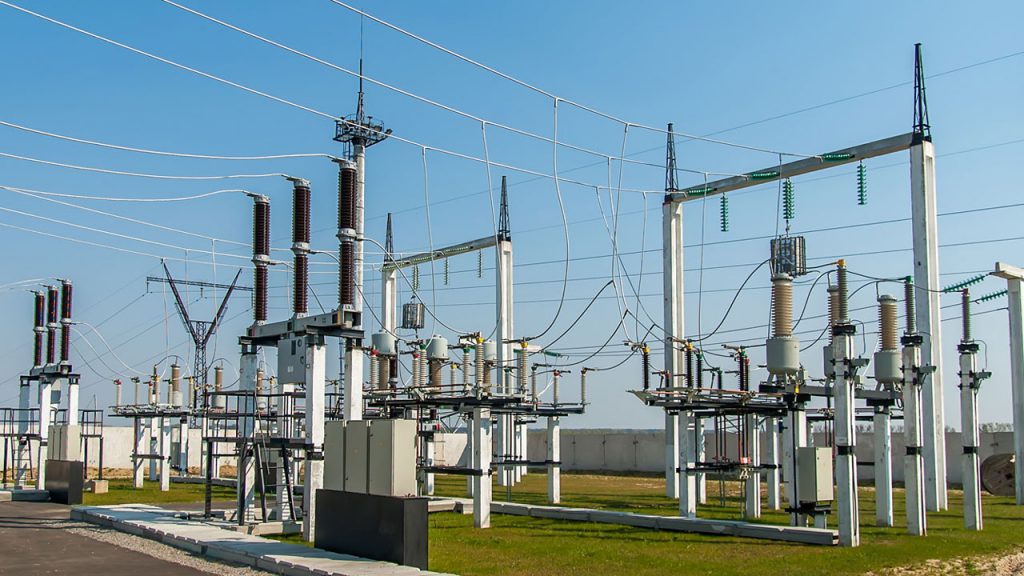Dhurjati Mukherjee
Covid-induced lockdowns in several states fortunately did not impact the manufacturing and services sectors as these were more or less operational, resulting in sufficient power demand. Over the decades the power sector has undergone a significant transformation in terms of supply, fuel mix, energy demand and market operations. The power industry, in fact, has always been a key driver for industrial development, infrastructure growth and social welfare.
India is the third largest power generating country in the world with total installed capacity increasing at a remarkable pace of around 8 per cent during the fiscal period 2010 to 2020. The installed capacity is 375.32 GW, transforming from a power deficit to a surplus power country.
However, reforms in the power sector are an on-going process but do require to be are taken up expeditiously. Measures such as ‘One Nation, One Grid’ and creating green infrastructure along with affordable housing can transform lives. A discussion paper on ‘Re-Designing Real Time Electricity Markets (RTM) in India’ was proposed by the Central Electricity Regulatory Commission (CERC) way back in 2018, which invited comments and suggestions. In response 21 stakeholders including power exchanges, trading licenses, IPPs, state utilities, state LDCs and consultants submitted their views. There are plans of retiring old and inefficient plants and addressing low utilisation of gas plant capacity due to paucity of natural gas.
India has unique characteristics of variation in demand pattern in the different regions due to its climatic and socio-cultural diversity. This diversity in the demand pattern can be utilised effectively with national level organised market given the fact that electricity is more difficult to store. With national level organised market, the possibility of resource optimisation across regions to take advantage of cheap resources would increase significantly, thereby benefitting the masses.
The announcement of pursuing ‘One Nation, One Grid’ concept has rightly been welcomed by experts, but when it would facilitate the government’s goal of power for all remains a big question. However, the reforms initiated in driving structural reforms in the power sector are expected to propel it towards the path of growth.
India had initially set a 2017 deadline for thermal power plant to install flue gas de-sulphurisation units that cut emissions of sulphur dioxide. But that was postponed to varying deadlines for different regions in 2022. The new order of April from the Union Environment Ministry stated that plants near populous regions and the capital will have to comply by 2022, while utilities in less polluting areas have up to 2025 to comply. As is well known, Indian cities have some of the world’s most polluted air. Thermal power companies, which produce three-fourth of the country’s electricity, account for some 80 per cent of its industrial emissions of particulate matter, sulphur and nitrous oxides, which cause lung diseases, acid rain and smog.
Besides, the increase in renewable energy has been a significant development in the power sector, capturing 23.51 per cent in the last financial year. The government’s ambitious target of installing 175 GW of renewable energy, specially coupled with the establishment of solar parks and the solar city programme propelled the growth of clean energy in India. Furthermore, the financial incentives offered by the government are likely to encourage State-owned operators to invest in clean energy parks and Ultra Mega Renewable Energy Power Parks (UMREPPs).
Lately, in the 2021 Budget, the Union government announced support to various clean energy programmes across various cities and launch ‘Hydrogen Energy Mission’ this year to generate hydrogen from green power sources. Though India has not committed to ‘net zero emission plan’, it is still working on a sustainable development agenda to address climate goals while delivering its commitment to energy access for all.
Moreover to achieve target of 15 per cent of natural gas in India’s energy basket by 2030, the government plans to expand the gas transmission network and increasing the compressed natural gas (CNG) stations count. Further, there is a strong push for natural gas sector reforms. There is lot of initiative by the government to change the energy mix to control emissions as air pollution has emerged a major problem in most metros.
Slowly, but steadily utilisation of coal, which is presently around 50 per cent, has declined. On the other hand, gas-fired generation improved on the back of lower LNG prices and could find off-takers. In 2021, the Plant Load Factor (PLF) of coal plants is expected to improve to around 60 per cent with this reaching 70 per cent within a year or so.
The demand curve of India’s electricity has been largely met even after significant electrification of rural areas. The process of such electrification has been moving on a sustained manner though more needs to be done to ensure that at least power is available at least 8 to 10 hours a day in the backward regions of the country.
As is generally agreed, power sector is key to rapid industrial growth of the country and it has be ensured that in potential areas there has to be 24×7 supply of electricity. With more and more automation and mechanisation of operation, the need for power has been increasing at a steady pace. But it is reassuring that most State governments are in a position to cater to the increasing demand in the coming years.
It is also necessary to attract the private sector for which more reforms are possibly necessary, specially to ensure that foreign players invest with modern and innovative technological solutions to bring about more efficiency in the power sector. There are expectations that there would be a dramatic turnaround in the power sector, especially in the realm of technology, power trading, investments in infrastructure and also digital transformation.
INFA
